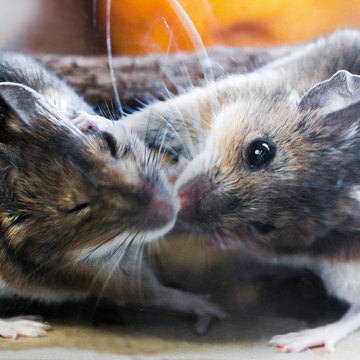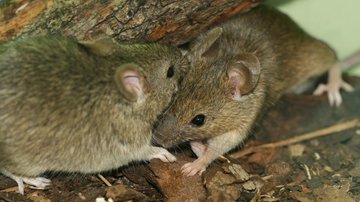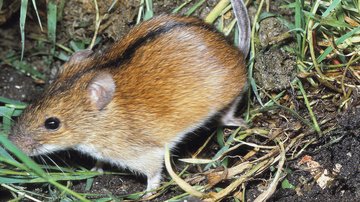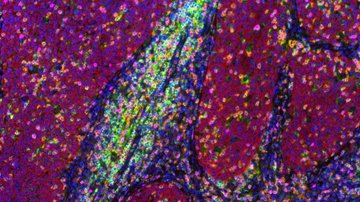About us
Over the past 10 years, a couple of tens of new genes belonging to the protein family of lipokalins (58 in mice – e.g. the main urinary, odorant binding proteins, probasin, Lcn and others) were discovered and described. These proteins participate in a whole series of important biological processes including detoxification (that is the extraction of metals, free radicals, etc.), pheromonal communication and transport of important molecules (e.g. steroids), in the process of the gamete ripening.
All lipocalins which have so far been described have a similar size (approx. 18 – 25 kDa) and tertiary structure, but they differ on the level of the primary and secondary structure. Although this (monophyletic) family of proteins is one of the most numerous gene clusters of the mammals, it is at the same time the least investigated.
Our current research proved that this family of proteins is an extraordinarily universal communication medium by which the information transfer happens both between tissues and cells (i.e. by the hormone transfer) and between individuals (i.e. by the pheromone transfer).
Our latest research even shows that during the sequenation of the mouse genome, some sections were ‘omitted’. That’s why it is necessary to return to the original species from which the laboratory lines were derived and to focus on the sequenation of the transcriptome of the targeted tissues, in which the lipokalins are expressed. To study the phenotypic plasticity on the lipocalins level it is necessary to set the phenotypic variability on the qPCR level and to take advantage of the microarrays.
The goal of the project:
- to reconstruct the lipocalin evolution with the use of the interbreed comparison method on the genome level and on the level of the expression profiling,
- to create a systematic biological model of the function of the individual lipocalins on the level of biological processes (e.g. hormone transport, spermatogenesis, reproduction, pheromonal communication),
- to clarify the mechanism of the gene duplication within the individual gene clusters of lipocalins on the molecular level.
Potential for cooperation:
Because our team was recently involved in characterizing the potential functions of lipocalins in behavioural processes, we are now moving ahead towards working with other research teams to uncover the potential roles of lipocapalins in imunity and as markers of parasitic and pathogenic invasions.
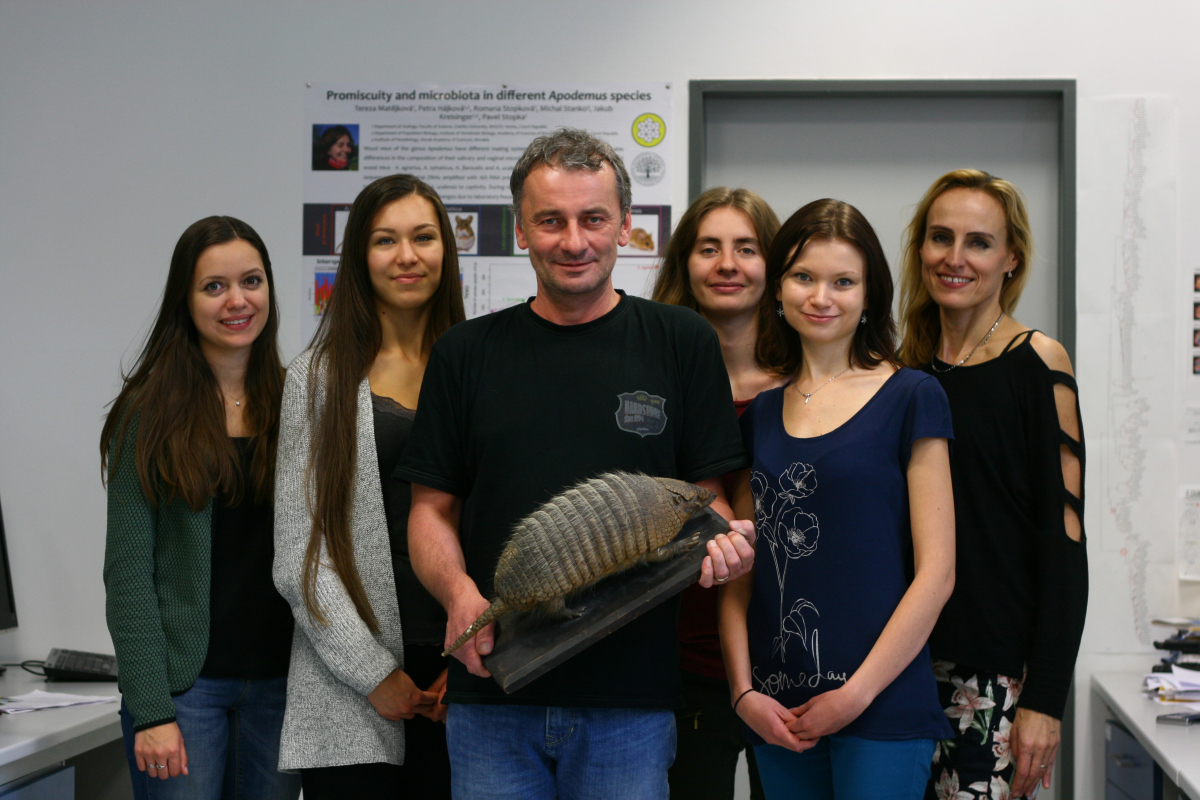
More info at HERE

